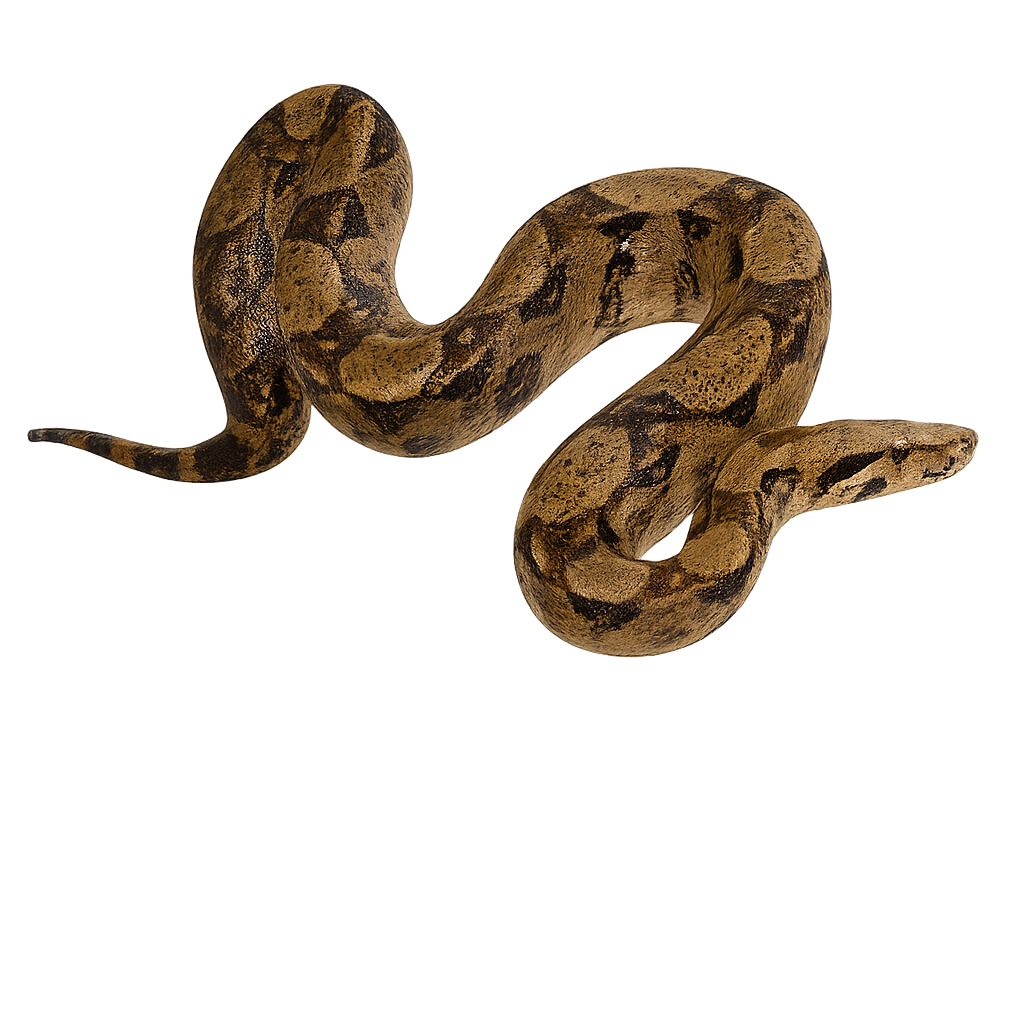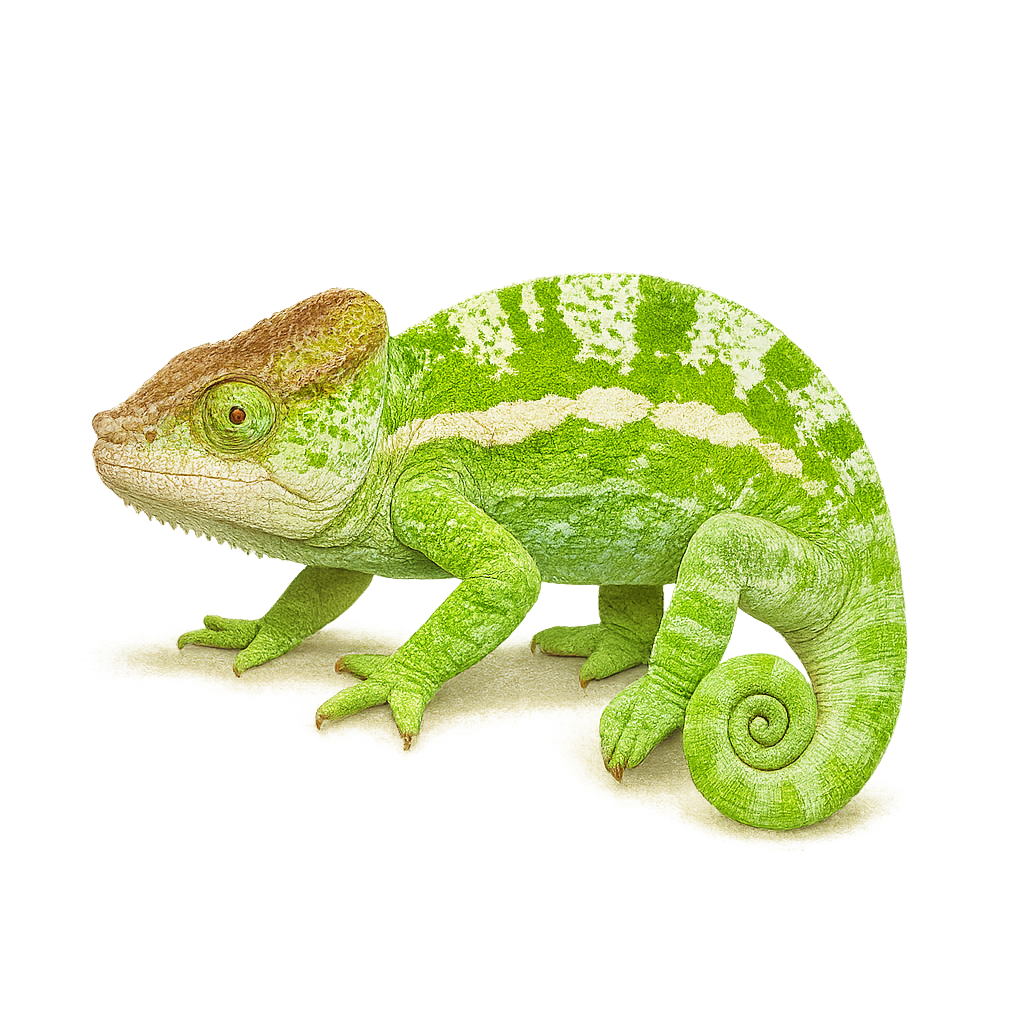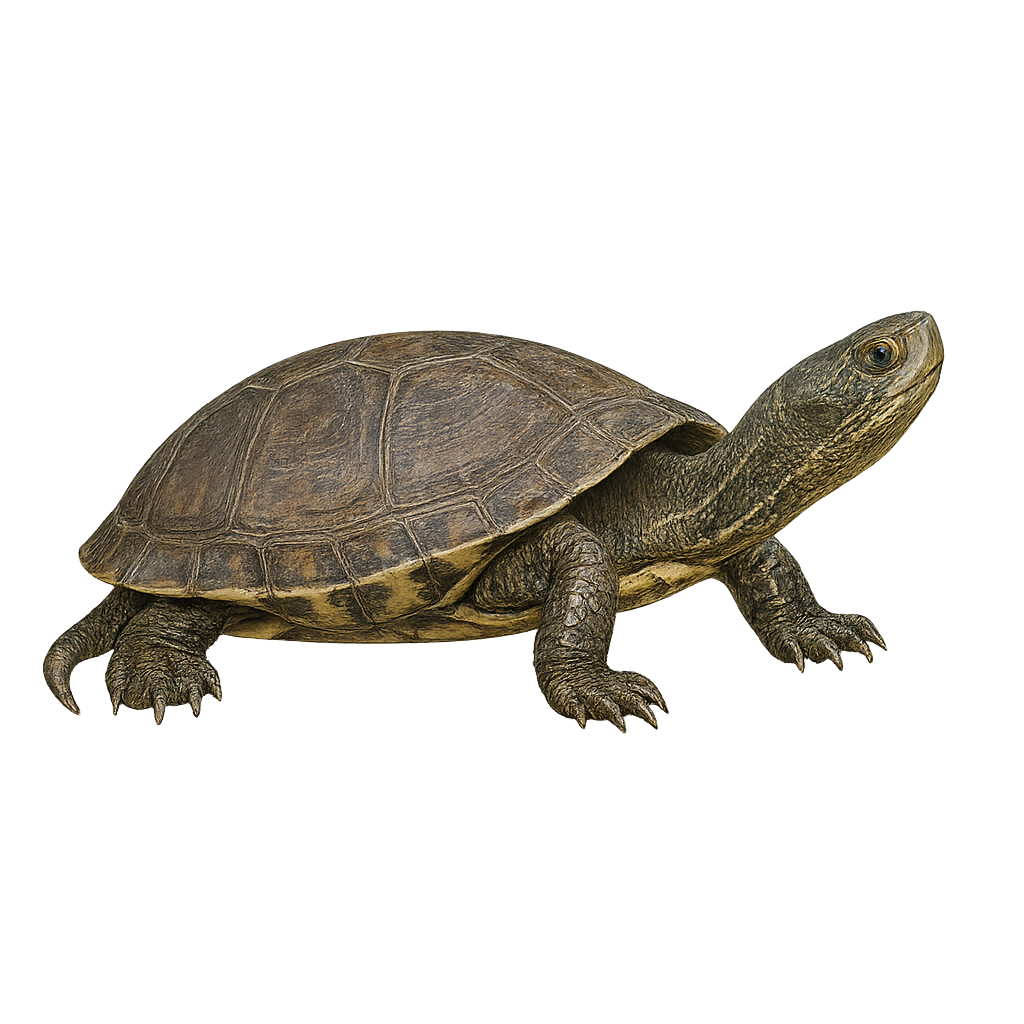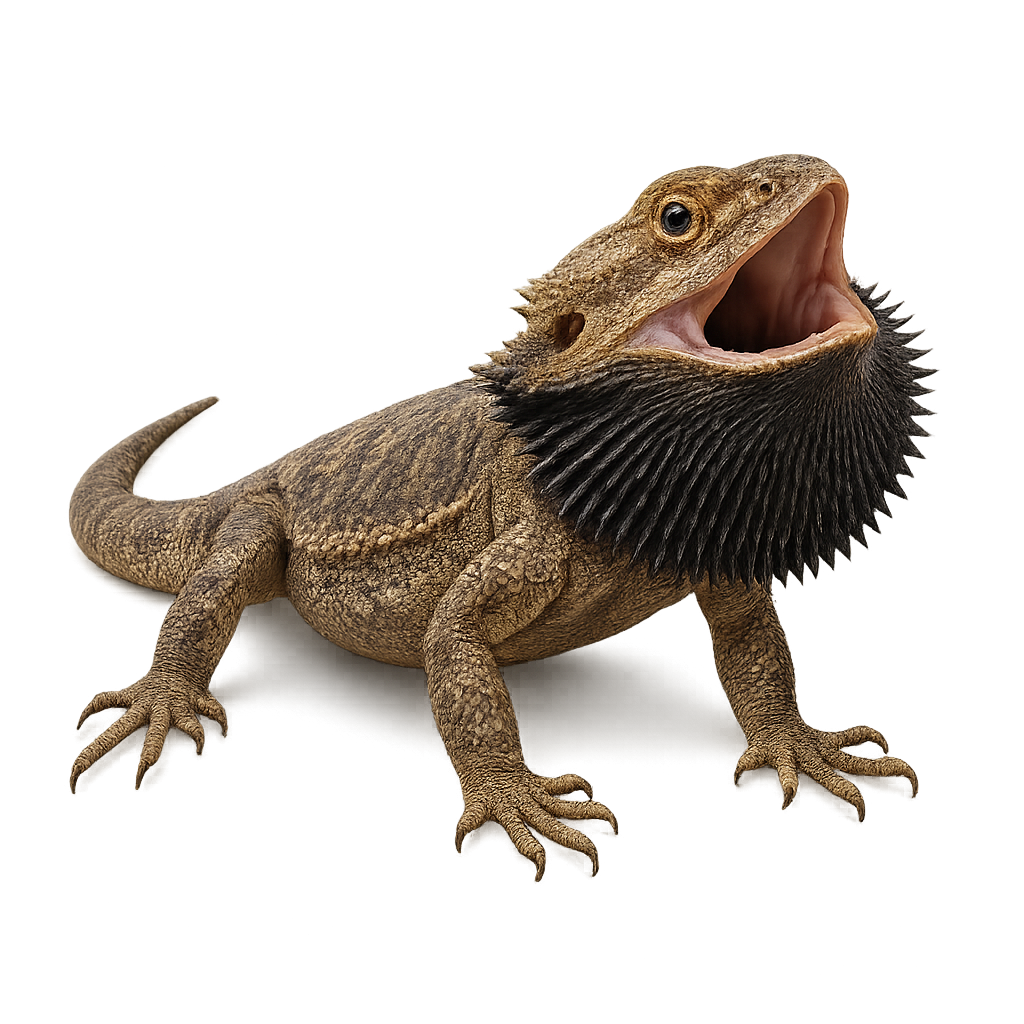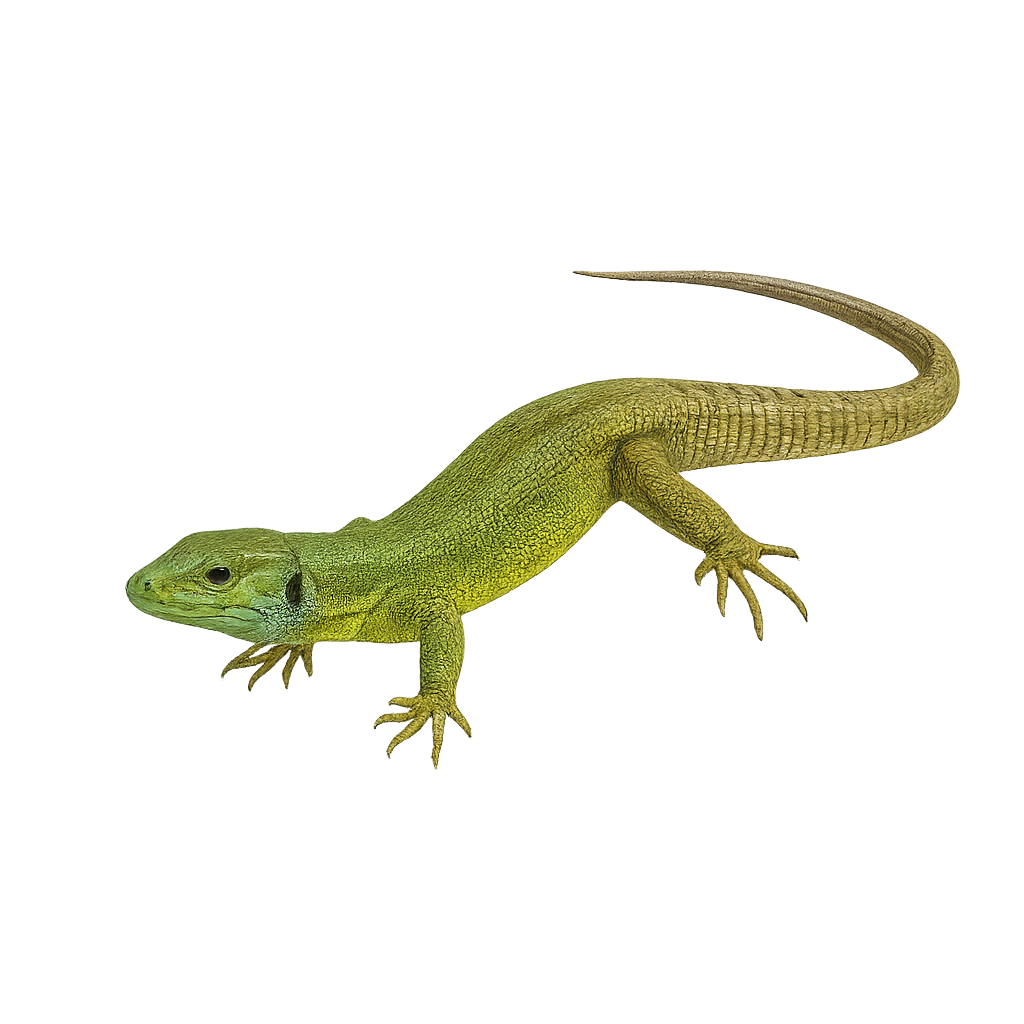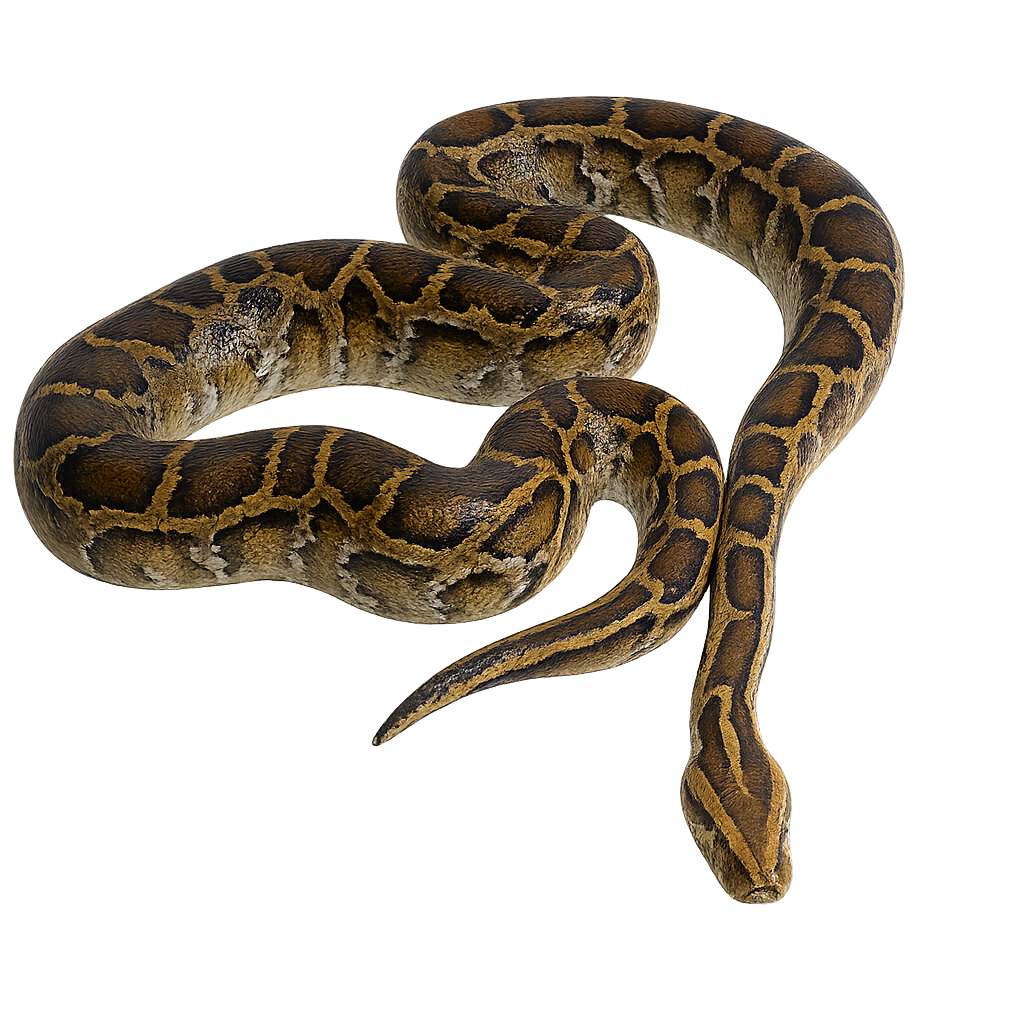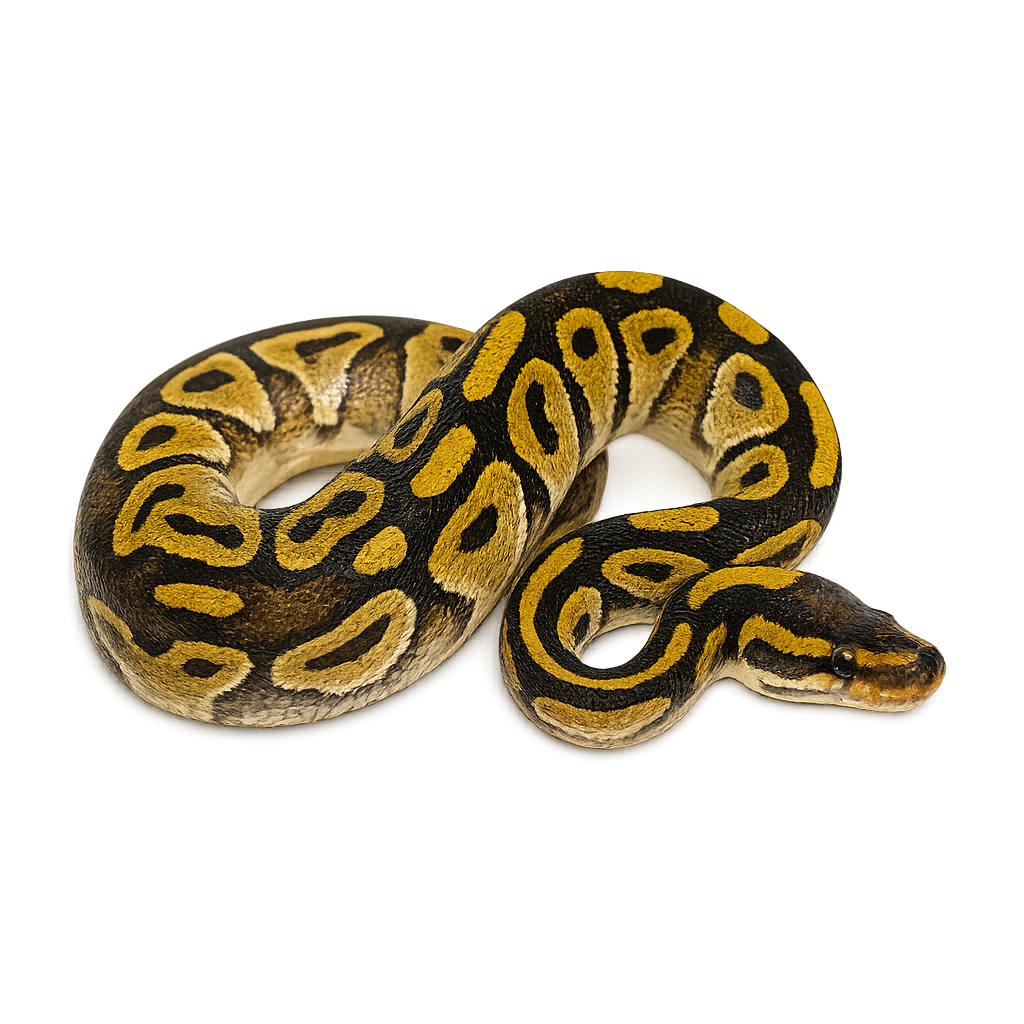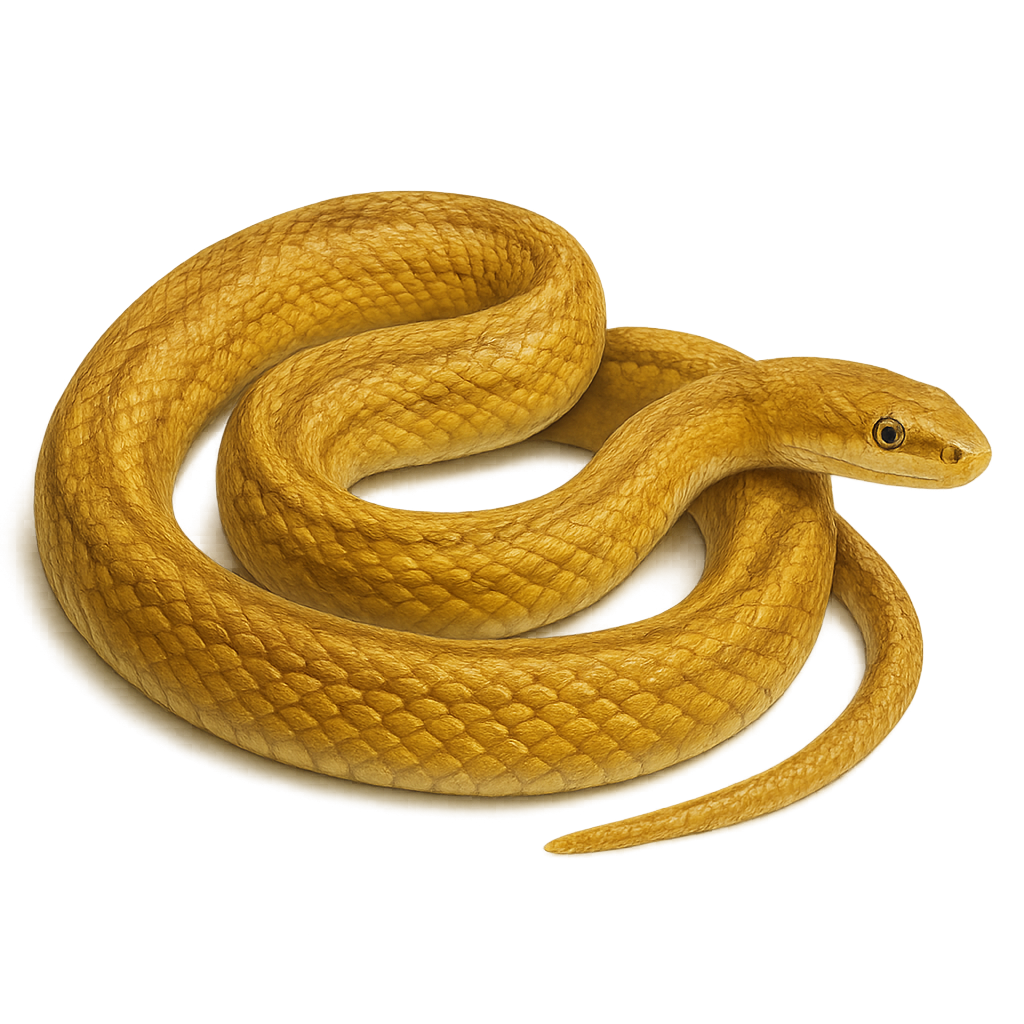Your wildlife tracking tool..
Browse 2,846species by country, track observations, and plan your photo outings.
Your global reference for wildlife photography
WildlifePhotographer gives you access to over 2,846 wildlife species sheets to help you identify, understand, and photograph wildlife around the world. Mammals, birds, reptiles… each sheet provides key information: habitat, activity, life cycle, signs of presence, and tailored photo tips.
Our database grows every week with new iconic species. To go further, access maps, reminders, logs, and personalized statistics in the app — designed to meet the real needs of wildlife photographers in the field.
Blue Anole
Anolis gorgonae
The Blue Anole is a small arboreal lizard, measuring approximately 13 to 15 cm in total length. It is notable for its uniform bright blue coloration, unique among reptiles. Males have a pure white dewlap. This species is endemic to Gorgona Island, off the coast of Colombia, where it inhabits the canopy of humid tropical forests. It is diurnal and primarily insectivorous. Reproduction is oviparous, with eggs laid on vegetation surfaces. Classified as Near Threatened by the IUCN, the species is vulnerable due to its limited distribution and deforestation.
Boa constrictor
Boa imperator
The Boa constrictor, also known as the Emperor Boa, is a medium to large-sized snake, easily recognized by its smooth scales and complex pattern of brown and golden spots and bands. It primarily inhabits the tropical forests of Central and South America, where it hides in foliage or tree trunks, using its climbing skills to hunt and conceal itself. This non-venomous snake is a constrictor, meaning it kills its prey by wrapping around it tightly before swallowing it whole.
The Boa constrictor is generally a solitary animal, and while it is an effective predator, it primarily feeds on small mammals, birds, and occasionally reptiles. It is also popular in captivity, but like many reptiles, it is threatened by deforestation and habitat loss.
Ball Chameleon
Calumma globifer
The Calumma globifer, or ball chameleon, is a species of chameleon endemic to Madagascar. This reptile is particularly notable for its globular eyes, which provide a 360-degree field of vision, a significant advantage for spotting prey and predators. Its skin, a vibrant green, can change color to blend into its surroundings or express emotions. The ball chameleon prefers humid forests and wooded areas, where it primarily feeds on insects. It is generally solitary and territorial, except during the breeding season. Although its habitat is threatened by deforestation, it remains relatively common in some parts of the island.
Balkan Terrapin
Mauremys rivulata
The Balkan Terrapin, Mauremys rivulata, is a medium-sized aquatic turtle, typically measuring between 15 and 20 cm in length. It is recognizable by its olive-brown shell, often adorned with lighter patterns. This species is primarily found in Mediterranean regions, including Greece, Turkey, and the Balkans. It prefers aquatic habitats such as rivers, lakes, and marshes. The Balkan Terrapin is an omnivorous species, feeding on aquatic plants, insects, and small fish. Although it is relatively tolerant of human presence, it is threatened by habitat destruction and pollution.
Bearded dragon
Pogona vitticeps
The bearded dragon (Pogona vitticeps) is a medium-sized diurnal lizard (20–60 cm total length, including tail) with a broad triangular head and spiny scales around its throat. Native to central Australia’s arid regions, it inhabits savannas, rocky outcrops and semi-desert areas, feeding on insects, small vertebrates and plant matter. During the breeding season (September 1–February 28), males bob their beards and perform lateral shuffles to court females, which lay clutches of 15–30 eggs buried in sand. Hatchlings emerge between November 15 and April 15 after a 60–75-day incubation.
Black spiny-tailed iguana
Ctenosaura similis
The Black Iguana, also known as Ctenosaura similis, is a medium-sized terrestrial reptile, easily recognizable by its bright colors and distinctive scales. It measures between 40 and 60 cm in length, with a tail that can measure up to twice its body length, and weighs between 300 and 600 g. Its body is typically dark gray to black, with light spots and stripes that help it blend into its natural environment. The Black Iguana primarily inhabits dry and arid areas and dry forests in Central America, notably in Costa Rica, Nicaragua, and Honduras. It primarily feeds on fruits, leaves, and flowers but can also consume insects and small animals. Although it is an excellent climber, it prefers to spend most of its time on the ground or in shrubs. The Black Iguana is known for its ability to move quickly to escape predators and can also swim and dive into water for protection. While the species is generally considered not threatened, it is vulnerable to habitat destruction and illegal collection for the wildlife trade.
Balkan Green Lizard
Lacerta trilineata
The Balkan Green Lizard, Lacerta trilineata, is a striking reptile known for its size and vibrant coloration. It can grow up to 40 cm in length, including its tail. Typically green, with shades of brown or yellow, it features three lighter longitudinal stripes, giving it its name. Found mainly in the Balkans and parts of Greece, it favors open, sunny habitats like meadows, scrublands, and rocky areas. Diurnal by nature, it primarily feeds on insects and other small invertebrates. Although relatively common within its range, habitat destruction poses a threat to its population.
Burmese python
Python bivittatus
The Burmese python is a large constrictor snake reaching 5–7 m in length, with a heavy body covered in brown scales patterned with darker blotches. Native to Southeast Asia, it inhabits wetlands, swamps, and tropical forests, preying on mammals and birds. Solitary and primarily nocturnal, it can submerge itself to hunt aquatic prey. During the breeding season, the male actively seeks the female and coils around her prior to egg-laying.
Ball python
Python regius
The Ball python, or Python regius, is a constrictor snake native to West and Central Africa. It is favored for its modest size, typically measuring between 90 and 120 cm as an adult, although some specimens can reach 150 cm. Its skin features patterns of dark brown and black spots on a light brown or golden background, providing effective camouflage in its natural habitat. This snake is primarily nocturnal and prefers humid environments such as savannas, forests, and grasslands. In captivity, it is prized for its docile temperament and ease of care, making it a popular choice among reptile enthusiasts.
Black Rat Snake
Elaphe obsoleta
Elaphe obsoleta, commonly known as the black rat snake, is a non-venomous snake native to North America. It is often found in forests, fields, and rocky areas. This snake is known for its ability to climb trees and swim. Its color ranges from black to dark brown, with a lighter belly. It can reach a length of 1.2 to 2.4 meters. It plays a crucial role in controlling rodent populations. Although it may appear intimidating due to its size, it is generally harmless to humans and prefers to flee rather than defend itself.



